Young people are experiencing climate change to a greater extent than any previous generation. It’s hard to imagine what the climate will be like when they are senior adults. Although this is a very daunting topic, the adults of tomorrow must understand climate change causes, challenges, and solutions. Fortunately, there are numerous children’s books exploring the topic. If you’re looking for an informative gift for your young bookworm, you might consider an age-appropriate book about climate change.
Children’s books are an excellent way not just to impart knowledge but foster a reverence for the natural world and ultimately encourage protecting it. Overwhelming children with information about climate change issues without presenting solutions can create anxiety and resignation, so it is a balancing act. Here are some of our favorites on the topic that impart knowledge but not despair, while exploring positive actions.
Earth911 teams up with affiliate marketing partners to help fund our Recycling Directory. If you purchase an item through one of the affiliate links in this post, we will receive a small commission.
Energy Island: How One Community Harnessed the Wind and Changed Their World
Written and illustrated by Allan Drummond
Ages: Elementary school
This is an inspiring tale of how a windy island in Denmark harnessed the wind to become largely energy independent and reduced its carbon emissions by 140%. This narrative tale includes sidebars with background information on the problems with fossil fuels, climate change, and how wind energy works. The upbeat illustrations show people working together to find solutions and briefly explore solar energy, electric vehicles, biomass, and biofuels.
Eyewitness Climate Change – DK Witness
Ages: Late elementary to middle school
This book presents a solid overview of the climate, both past and present, and the impacts of climate change. It has many photos and illustrations and presents a nice overview of numerous issues, including disease, food production, water resources, and who is most vulnerable to the impacts of climate change. The book concludes with positive actions on how to cut carbon emissions through green transportation, energy efficiency, nuclear power, and renewable energy.
The Lonely Polar Bear
Written and illustrated by Khoa Le
Ages: Preschool to early elementary school
This lovely book is about a polar bear that wakes up alone and meets a mysterious little girl and animal friends. The touching tale by a talented Vietnamese author introduces young children to the concept of climate change in a gentle manner and with gorgeous illustrations. Although the story is about habitat loss in the fragile Artic in a general sense, it doesn’t examine the science of climate change.
Our World Out of Balance: Understanding Climate Change and What We Can Do
By Andrea Minoglio, illustrated by Laura Fanelli
Ages: Mid-elementary to early middle school
Well-written and beautifully illustrated, this book is an excellent introduction to climate change and other environmental issues facing the planet, including air pollution, rising sea levels, coral reef health, and wildfires. It is concisely written and helps instill a sense of wonder for earth’s ecosystems and how to work together to protect them.
Rebel Girls Climate Warriors: 25 Tales of Women Who Protect the Earth
Ages: Elementary and early middle school
This colorful book spotlights inspiring women conservationists, activists, authors, and philanthropists from around the world. The tales include Canadian novelist Margaret Atwood, Indigenous Ecuadorian leader Nemonte Nenquimo, Swedish climate activist Greta Thunberg, Nigerian activist Esohe Ozigbo, and Thai landscape architect Kotchakorn Voraakhom. These stories remind readers that there are female climate warriors from many different walks of life, helping build confidence in girls that they can make a difference.
A Warmer World: From Polar Bears to Butterflies, How Climate Change Affects Wildlife
By Caroline Arnold, illustrated by Jamie Hogan
Ages: Middle and late elementary school readers
This beautifully illustrated book examines how many species across the globe are both successfully and unsuccessfully adapting to climate change, with a warmer climate, rising sea levels, and melting ice. Although it is written factually, it can help instill a sense of compassion and concern for penguins, foxes, toads, fishes, walruses, krill, and other species as they respond to a changing climate.
What’s the Weather?: Clouds, Climate, and Global Warming
By Fraser Ralston and Judith Ralston
Ages: Elementary school
This informative and entertaining book features bright, eye-catching illustrations and is an excellent resource. Each two-page spread focuses on a different aspect of the weather, introducing intriguing topics like weather-proof animals, city microclimates, weird weather, and volcanic weather. It is both visually appealing and easy to comprehend.









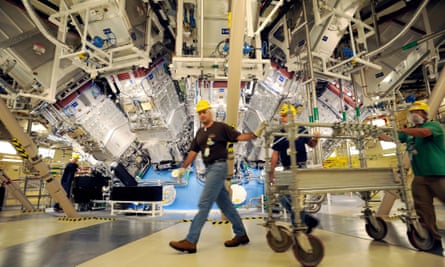

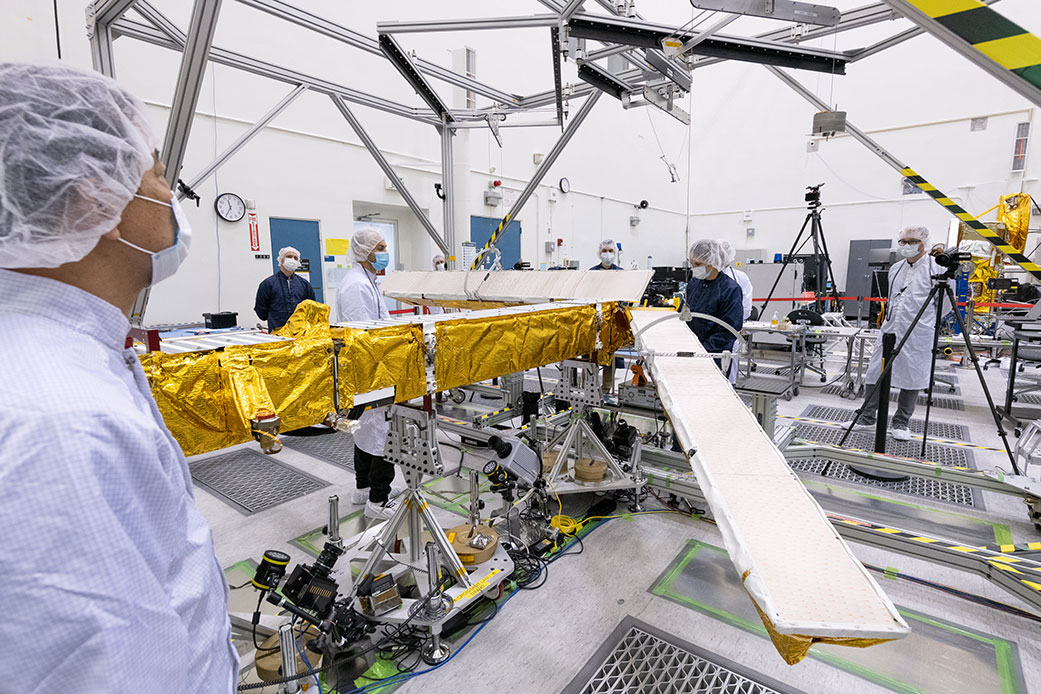
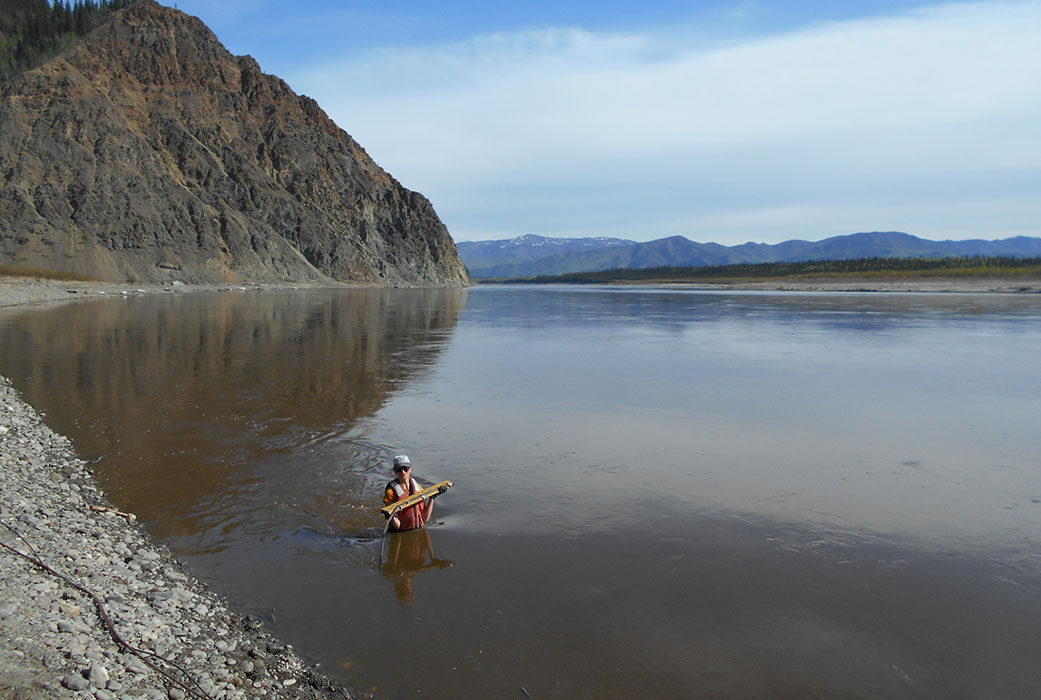
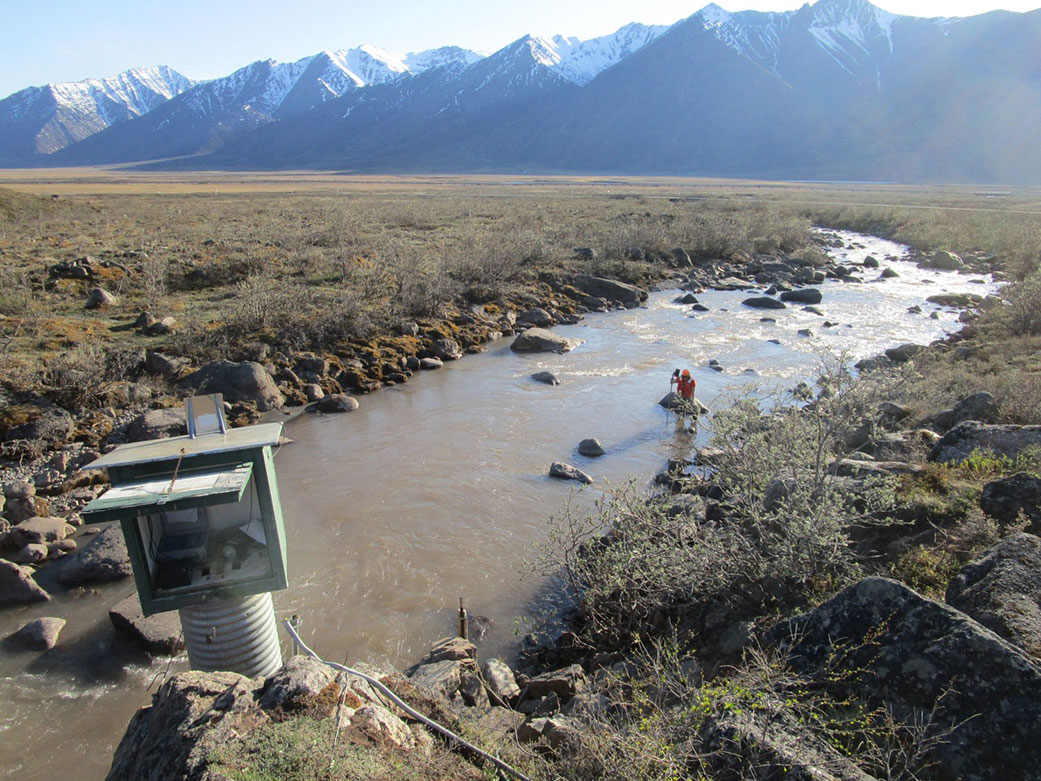
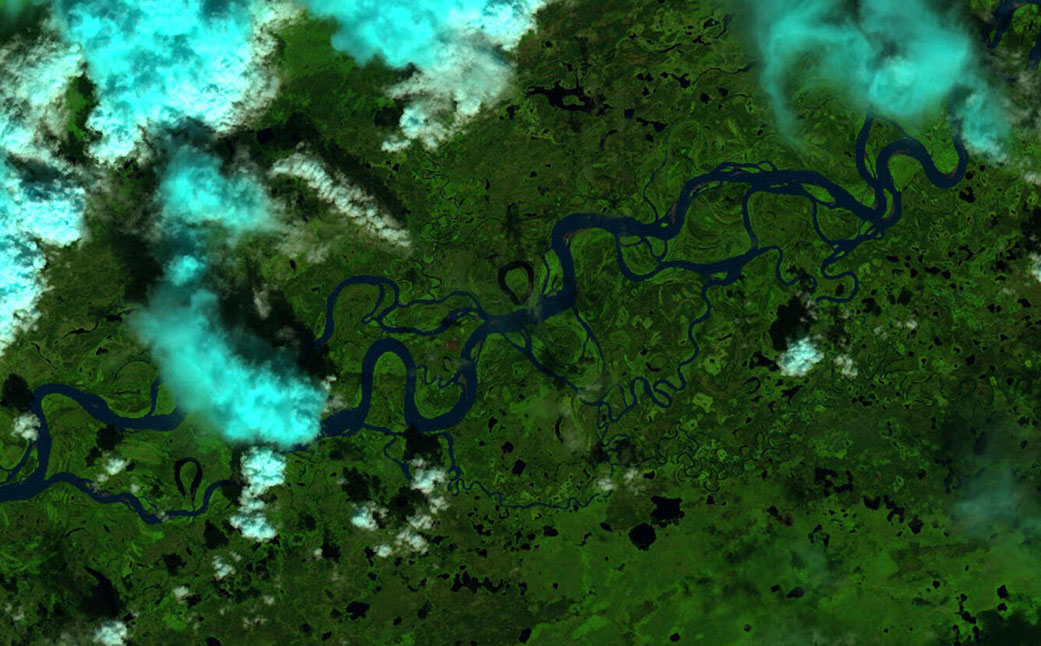


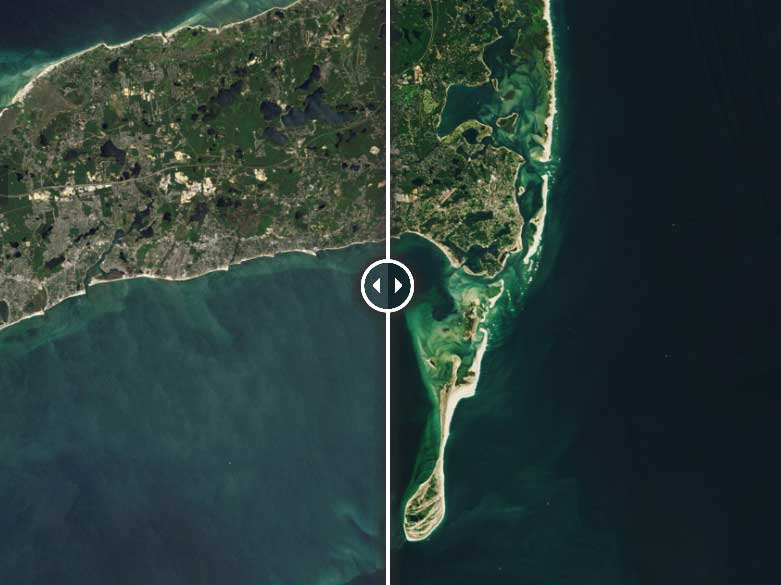

Recent Comments